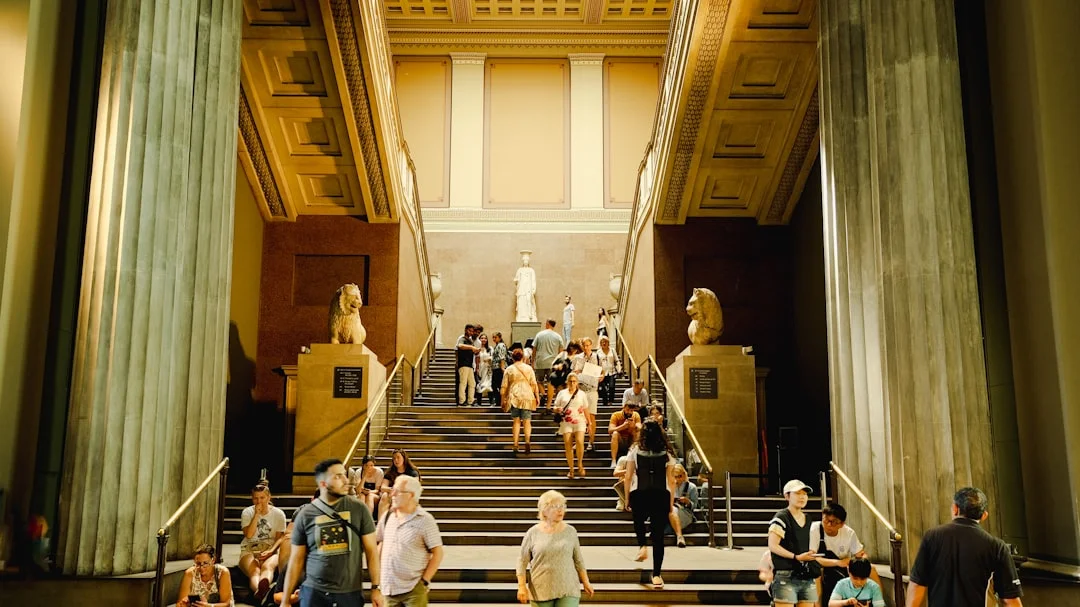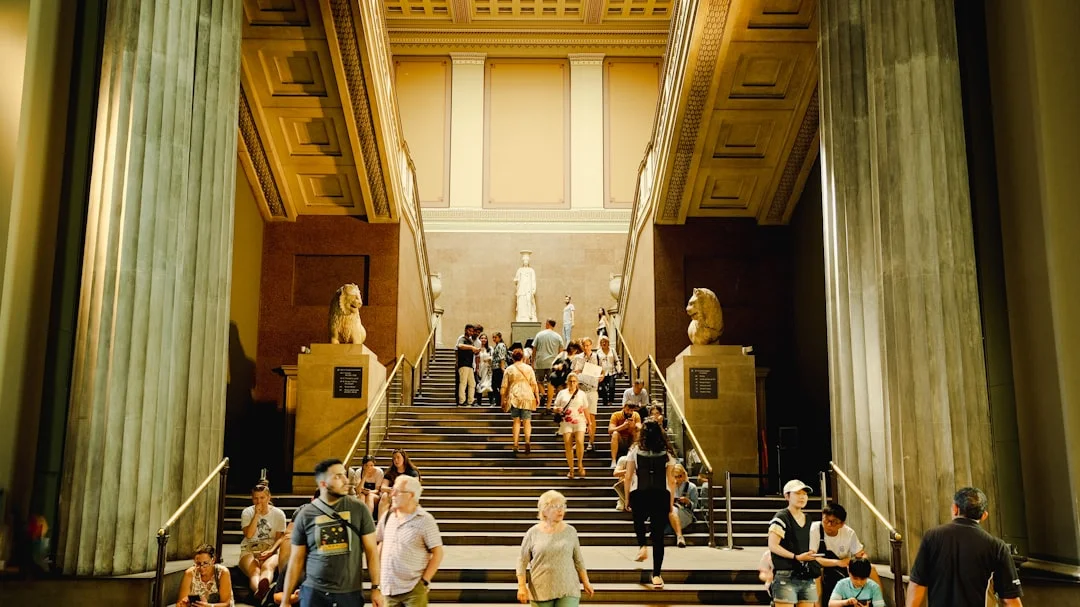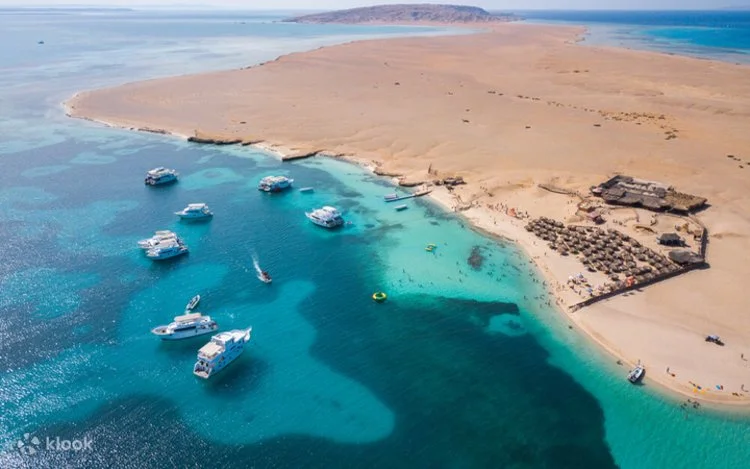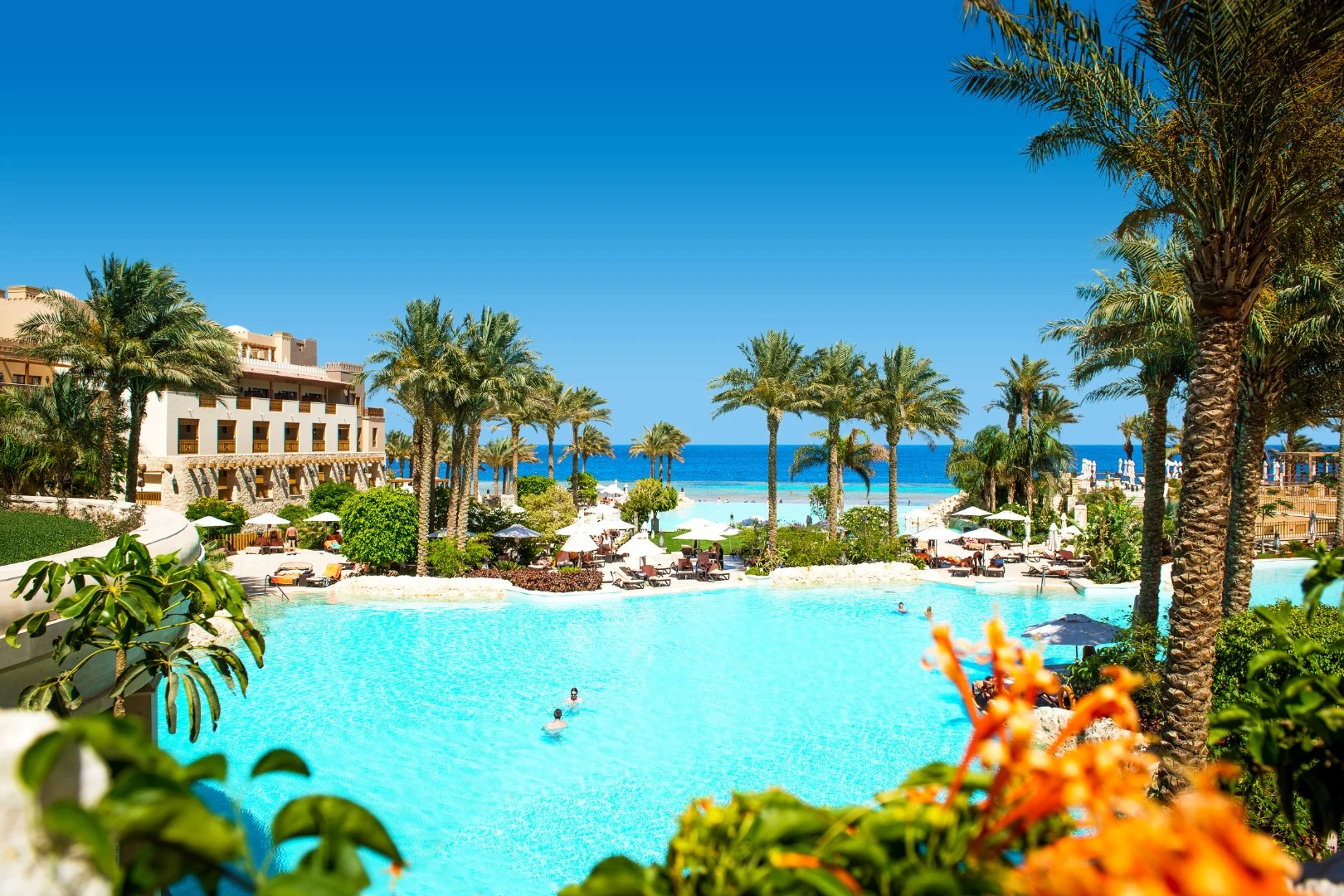The Grand Egyptian Museum Is Rewriting Egypt’s Tourism Future
Quick Summary: The Grand Egyptian Museum (GEM) anchors a new era where Egypt’s ancient heritage powers modern, higher‑value tourism—linking Cairo city-breaks with Red Sea escapes, drawing new traveler segments, and spreading inclusive economic impact.
The question shaping Egypt’s next decade is simple: how do you make five millennia feel present, personal, and future‑facing? The Grand Egyptian Museum answers with scale and intention: a world‑class campus near the Giza Pyramids, immersive storytelling, and conservation labs on public view. It reframes Cairo from a one‑and‑done stop into a cultural hub that rewards time—and then connects seamlessly to Red Sea downtime.
Why the GEM Matters in 2025
Set roughly 2 km from the Great Pyramid, the GEM unites the country’s most important collection in a purpose‑built space that feels calm, legible, and profoundly contemporary. Instead of “seeing everything,” travelers finally experience the arc—from Old Kingdom artisans to New Kingdom power—through light, acoustics, and pathways that reduce fatigue and enhance memory retention. This is cultural tourism built for attention spans in 2025.
Egypt’s national vision aligns: elevate yield per visitor, lengthen stays, and distribute benefits beyond a single city. By pairing the GEM’s draw with easier domestic connections, the strategy turns curiosity into itineraries—Cairo for three nights of culture, then the Red Sea for nature and recovery.
A New Kind of Egypt Trip: Cairo + Red Sea
Expect twin‑center travel to surge. A one‑hour flight connects Cairo with Hurghada, while road distance is about 450 km (typically 5–6 hours by private transfer, traffic permitting). Families and culture lovers can now plan museum mornings, then reef afternoons where winter sea temperatures average 22–24°C and summer peaks near 27–29°C—ideal for gentle snorkeling days.
In practice, we see two patterns emerging:
- City‑break first: two or three nights around the GEM and Giza, then four to seven days on the Red Sea coast.
- Reverse decompression: start in Marsa Alam to shed jet lag and adjust to desert light, then close with Cairo at the GEM when senses are freshest for culture.
For travelers who want a soft landing into Egypt’s rhythms, coastal orientation tours and gentle sightseeing pair well, like curated Hurghada cultural excursions that bridge local life and seafront calm.
Who Will Come Because of the GEM
The museum broadens Egypt’s audience. Architecture travelers arrive for Kengo Kuma‑inspired clarity and vast public courts. Multigenerational families find easy navigation, tactile experiences, and storytelling that resonates with teens. Educators and student groups can finally structure two purposeful museum days rather than racing through fragments. MICE planners see Cairo as a credible cultural venue with post‑conference escapes to Sharm or El Gouna.
Local Impact: From Giza Streets to the Red Sea
Economic uplift radiates in rings. Around Giza, demand grows for boutique stays, café clusters, and guide services that interpret—not just transport. In the Red Sea, longer trips and higher confidence encourage travelers to add a nature day or two: Ras Mohammed’s protected reefs are an exemplar of regeneration‑minded travel; see our guide to Ras Mohammed National Park.
Ripple effects reach small operators. Bookings rise for quality‑first experiences such as a respectful Sataya Reef dolphin trip, while Sharm’s house reefs gain attention thanks to resources like the best snorkeling spots in Sharm El Sheikh. In Sinai, curiosity deepens beyond headlines toward places with serious pedigree—like the Blue Hole in Dahab for advanced divers and freedivers.
Practical Context for 2025–2026
Visiting the GEM is best early or late in the day to avoid heat and group peaks. Allow 4–6 hours if you want to see core galleries and the Grand Staircase without rushing. Cairo International (CAI) to Giza typically runs 45–75 minutes by car; many travelers book a private transfer aligned with timed museum entry. Once in the Red Sea, calm mornings (often 6–12 knots of breeze) favor snorkeling and intro diving.
How the GEM Rebrands Egypt
For decades, Egypt’s image was dominated by icons—pyramids, pharaohs, and postcard reefs. The GEM reframes the country as an integrated cultural‑nature destination with contemporary standards and conservation credibility. Local guides note a shift in questions they hear: from “What’s the oldest?” to “How did people live?” and “Where does this craft survive today?” That curiosity naturally leads onward—to workshops, food markets, and coastal ecology.
Sustainability and Stewardship
Conservation labs on display signal accountability: preservation is not a back‑room promise but part of the visitor journey. In the Red Sea, the same ethos applies. Choose operators who limit group sizes, avoid reef contact, and tailor sites to skill level. Book with providers who brief on currents and visibility, and who carry reef‑safe sunscreen onboard.
FAQs
How many days should I plan around the Grand Egyptian Museum?
Give yourself at least one full morning or afternoon for highlights, plus a second half‑day if you’re interested in specific dynasties or conservation. Many travelers now plan two or three nights in Cairo to pair the GEM with Giza sunrise views and a neighborhood walking tour.
What’s the easiest way to combine the GEM with the Red Sea?
Fly from Cairo to Hurghada or Sharm El Sheikh in about an hour, then transfer to your resort. A popular flow is two to three nights in Cairo for the GEM and Old Cairo, followed by four to seven nights by the sea for snorkeling, spa days, and boat trips.
Is the GEM suitable for children and older travelers?
Yes. Wide, accessible routes, climate control, and intuitive wayfinding make it comfortable for all ages. Families appreciate clear narratives and hands‑on elements, while seniors benefit from seating clusters and sensible pacing. Pair museum days with light, restorative Red Sea activities to balance energy.





